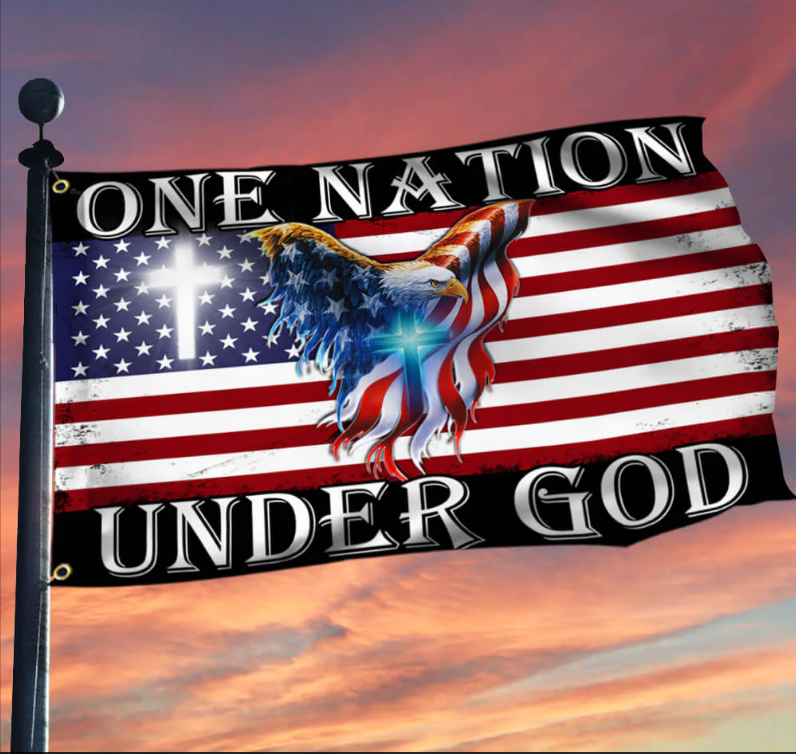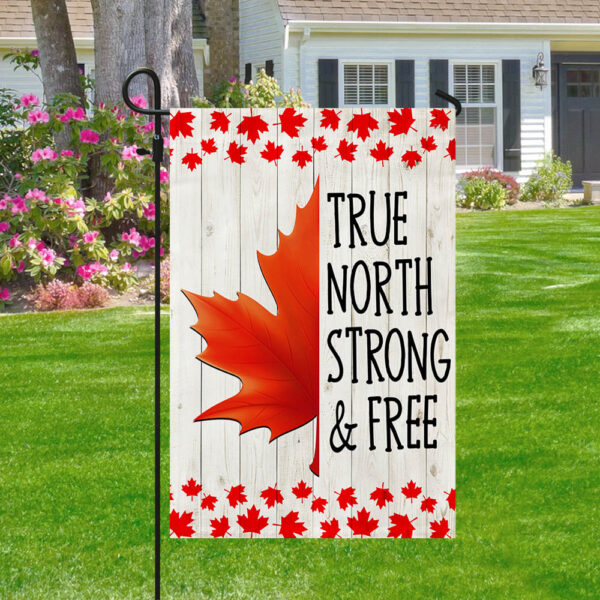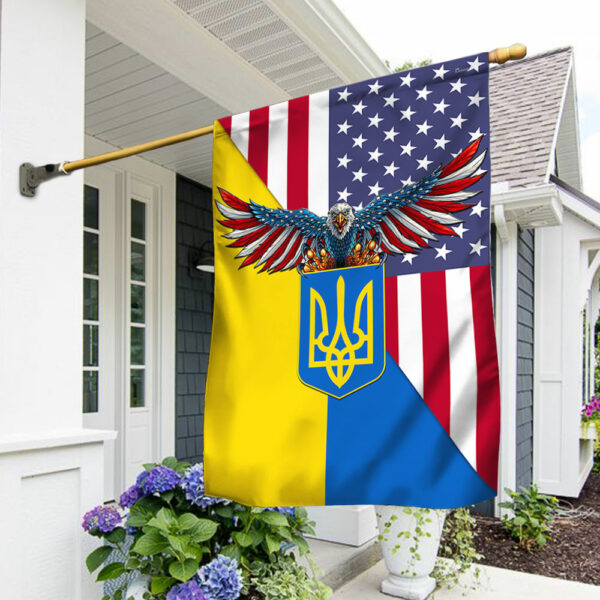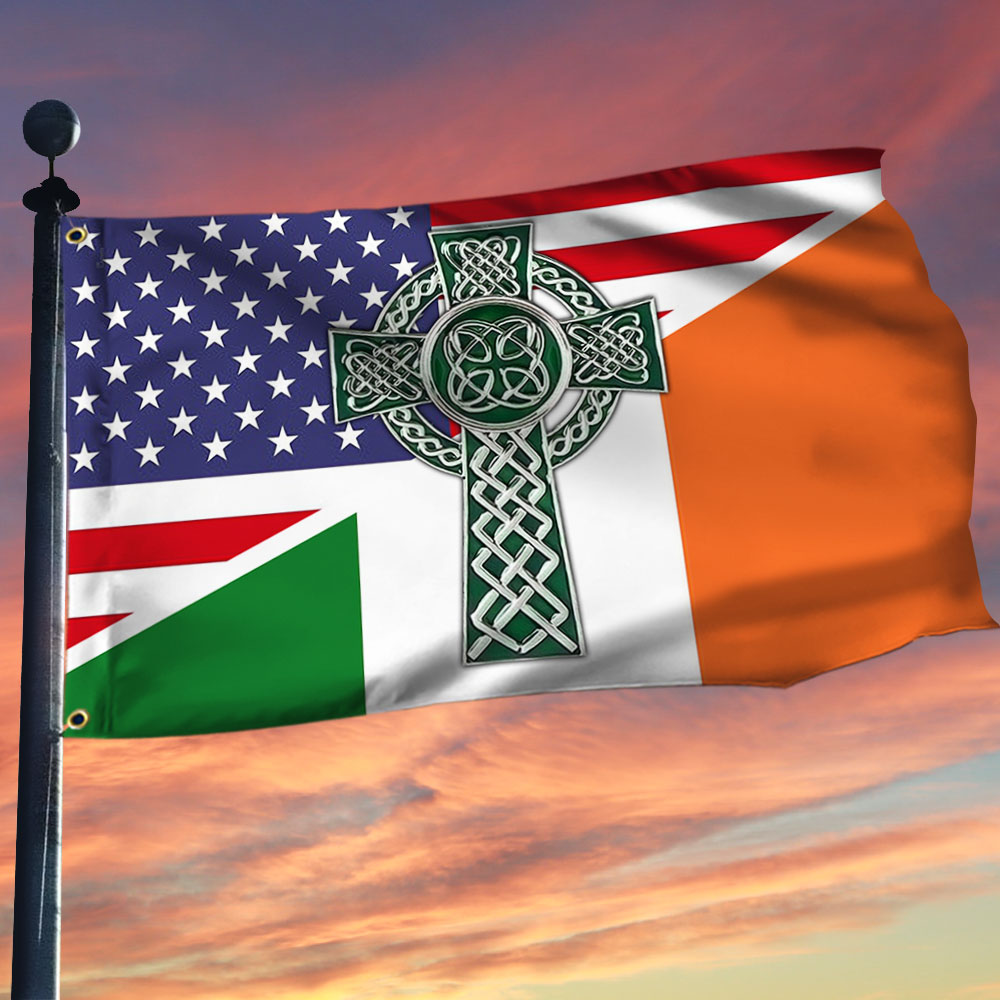Flags are more than just pieces of fabric; they represent a nation’s identity, history, and aspirations. Understanding every country flag, exploring world flags similarity groups, and delving into all flags of the world offer fascinating insights into shared histories, cultural connections, and unique design inspirations. This blog dives into the stories behind these powerful symbols and highlights intriguing patterns. Join us as we uncover the connections and distinctions that make flags such an enduring symbol of national pride.
Contents
- 1 What Are Flags and Why Are They Important?
- 2 Every Country Flag: Unique Designs and Shared Patterns
- 3 Unique Flags That Defy Similarity Groups
- 4 Why Do Flags Look Similar?
- 5 The History Behind the Oldest National Flags
- 6 Fun Facts About Flags
- 7 Flagwix Flags: Inspired By The Flags Of Countries Around The World
- 8 Unique Flags In The World
- 9 Monochrome flags
- 10 All Flags Of The World Quiz
- 11 All Flags Of The World Game
- 12 Conclusion
What Are Flags and Why Are They Important?
Flags serve as an emblem of sovereignty and unity for nations. Each flag carries a unique message that symbolizes the spirit and history of its country. Here are key reasons flags are significant:
- National Identity: Flags distinguish one nation from another on the global stage.
- Historical Symbolism: Many flags incorporate elements representing historical events, cultural values, or natural features.
- Unity and Pride: A flag is a unifying symbol that fosters national pride.
National flags are often treated with great respect, and governed by strict regulations to ensure proper usage and care. For example, old or damaged flags must be retired ceremonially rather than discarded casually.
Every Country Flag: Unique Designs and Shared Patterns
The nation flags of the world hold a national symbol that distinguishes this country from all other countries in the world. Governments go a long way to ensure that every country flag is unique and stand out from all others.
However, there are a few exceptions where some countries end up with flags of similar appearance.
The similarities are never made intentionally but happen by chance even though the flags may be similar in appearance. The inspiration and meaning behind their colors are always different.
1. Vertical Stripe Patterns
Romania and Chad
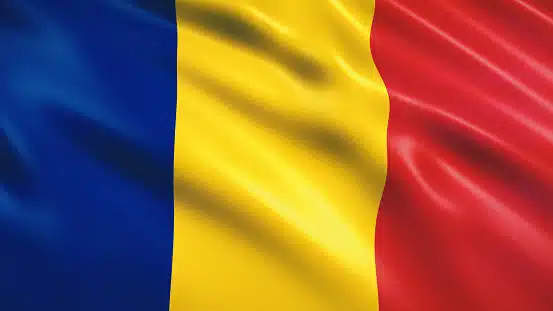
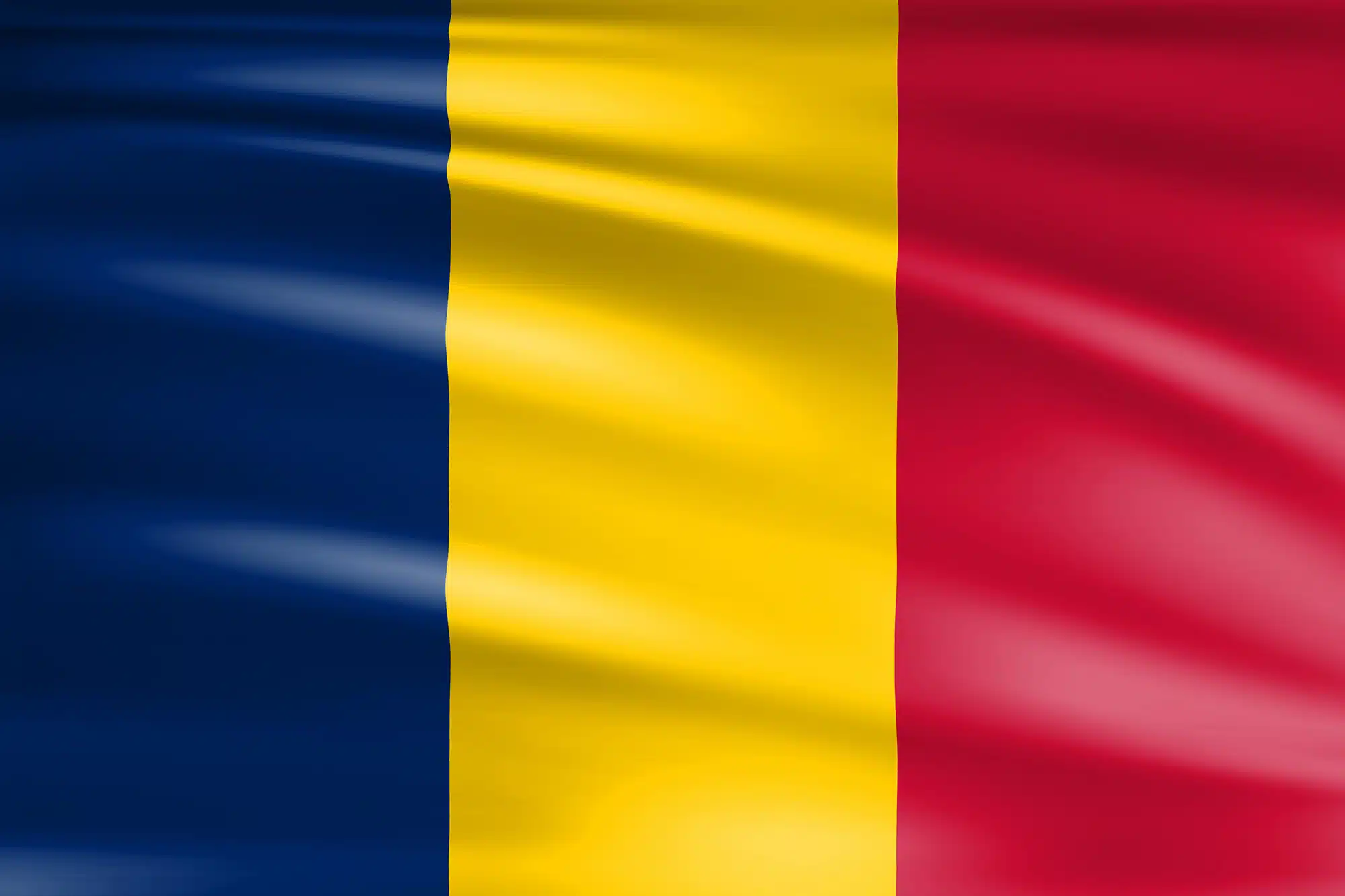
- Both flags feature vertical stripes of blue, yellow, and red. The difference lies in the shades of the colors and the dimensions: Romania’s flag has a 1:2 ratio, while Chad’s flag is 2:3.
- Chad originally used green instead of blue but altered it to avoid resembling Mali’s flag.
The African nation of Chad and the European country of Romania have the most similar flags with a country that requires a keen eye to discern the difference between the two.
The flag of Chad originally featured colors synonymous with the African movement of red, yellow, and green. However, the independence flag had to be replaced as it was seen to reflect the other African country, Mali.
To correct the confusion, Chad redesigned its national flag and dropped the green band for a blue one. While the new flag was unique in the region, a new problem arose at the end of the 20th Century, and the flag bore an almost perfect resemblance to that of Romania.
Ireland and Ivory Coast

Ivory Coast and Ireland have very similar flags with both tank tops made up of blue, white and orange stripes. Both flags feature vertical stripes in green, white, and orange. The order differs:
- Ireland: Green on the hoist side.
- Ivory Coast: Orange on the hoist side.
However, the arrangement of these stripes is different in the two national flags where the green stripe is on the flight side of the Ivory Coast flag while the flight side of the Irish flag has an orange stripe.
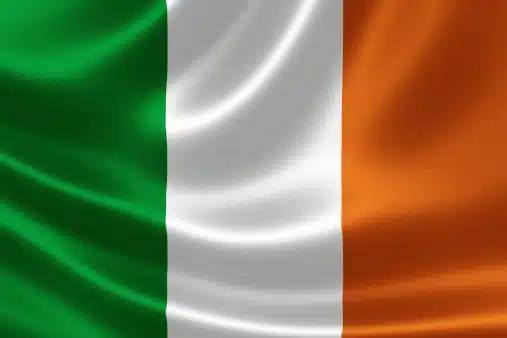
On the flipside, the inspiration behind the colors seen on the Irish flag is based on major religious groups. Two Christian denominations dominate the religious landscape in Ireland; Roman Catholic and Protestant.
The colors represent peaceful coexistence between the two religious groups, where orange represents Protestants while green represents Roman Catholics.
The symbolism of colors on the flag of the Ivory Coast is based on the physical beauty of the country and the beliefs of its citizens. The orange bands represent the wealth of the country. The white color on the Ivory Coast flag symbolizes peace while the green band represents hope for the future.
2. Horizontal Stripe Patterns
Monaco, Indonesia, and Poland
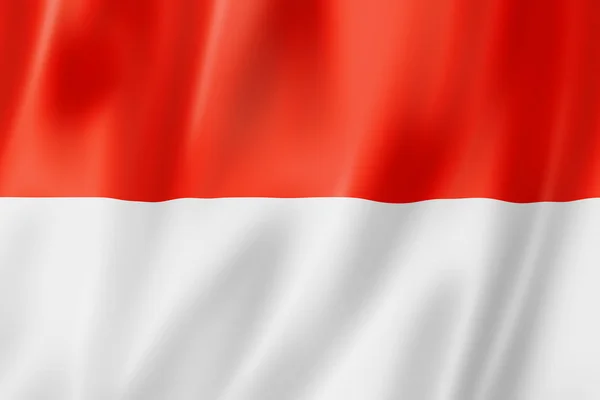
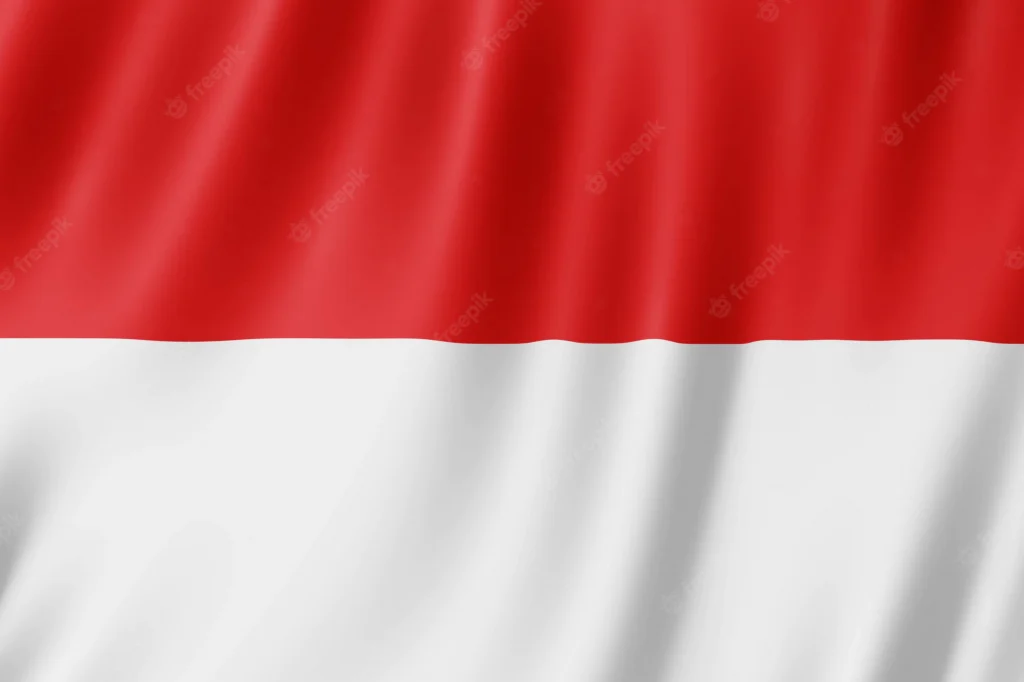
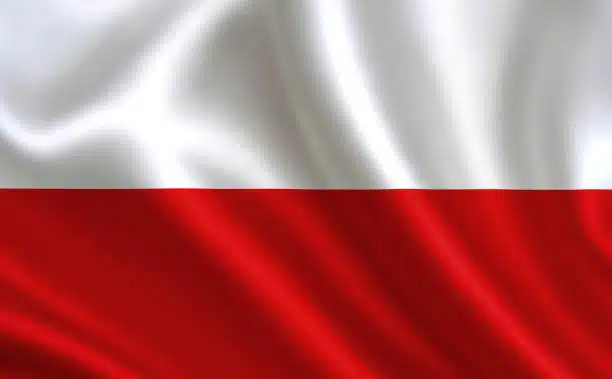
There are many factors that separate the countries of Poland, Indonesia, and Monaco.
However, these very different countries have similar flags.
These flags consist of horizontal stripes in red and white. The key differences include:
- Indonesia: Red on top, white on the bottom (2:3 ratio).
- Monaco: Same color arrangement but a smaller ratio of 4:5.
- Poland: White on top, red on the bottom (5:8 ratio).
Additionally, while the flags of Monaco and Indonesia both have red and white stripes appearing on the top and bottom of the flag, the flag of Poland is different with white stripes at the top and red stripes at the bottom.
Russia, the Netherlands, and Luxembourg
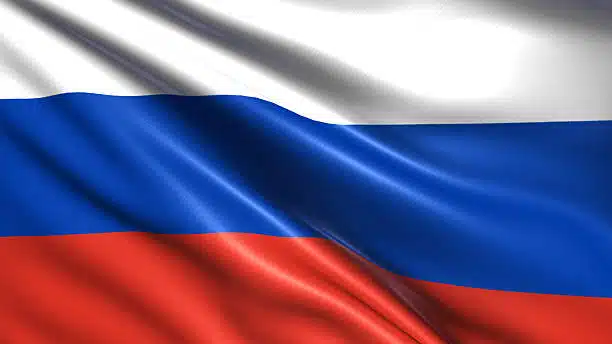
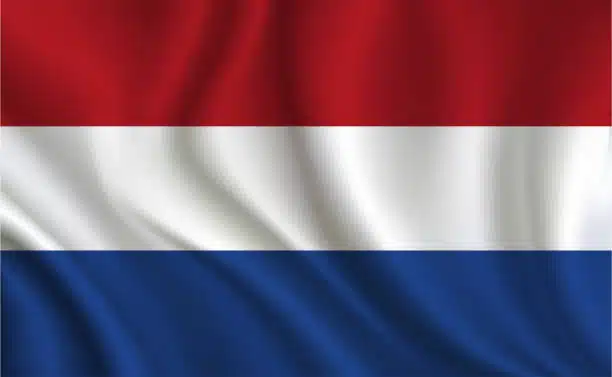

Other countries with similar-looking flags are Luxembourg, the Netherlands, and Russia. One of the three national flags, the flags of the Netherlands and Luxembourg are the most similar.
These flags share horizontal stripes of red, white, and blue, arranged differently:
- Russia: White on top, followed by blue and red.
- Netherlands: Red, white, and blue from top to bottom.
- Luxembourg: Similar to the Netherlands but with lighter shades and a unique 3:5 ratio.
While the two flags appear to mirror each other, they differ in shades of color with the flag of Luxembourg appearing in a lighter shade than that of the Netherlands. The stripes are organized differently on the Russian flag and appear as white, blue, and red arranged from top to bottom.
However, the flags of Russia and the Netherlands are the same size, both with a 2:3 ratio. On the other hand, the flag of Luxembourg appears in a 3:5 or 1:2 ratio. Luxembourg is the country in which the country applies. the most recent of the three countries and has tried to change the design of its flag to make it unique and not reflective of the Netherlands.
3. Tricolor Designs with Shared Histories
Ecuador, Venezuela, and Colombia

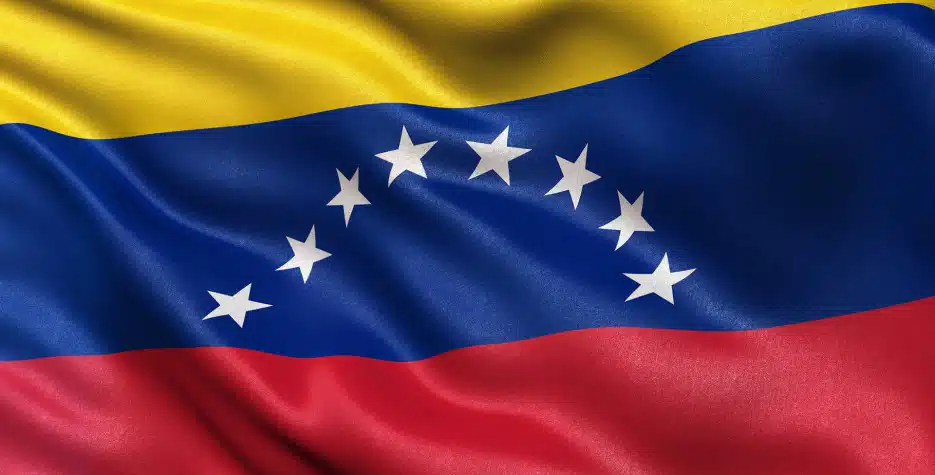
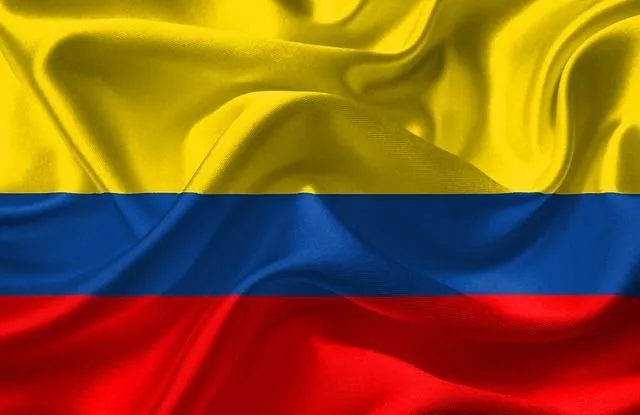
Venezuela, Ecuador, and Colombia have a close relationship because they are neighboring countries in South America. The close relationship can even be seen in the designs of the national flags of the three similar countries.
All three flags feature horizontal stripes of yellow, blue, and red, reflecting their shared history as part of Gran Colombia. The differences include:
- Venezuela: Stars in a semi-circle on the blue band.
- Ecuador: A national coat of arms in the center.
- Colombia: No additional symbols.
The only differences between the three are the size of the horizontal bands and the presence of different symbols and emblems (seen on the flags of Venezuela and Ecuador, and absent on the flag of Colombia).
The similarities seen in the three flags stem from the common history shared among the three Latin American countries. All three were originally part of Gran Colombia, a large federation founded in the early 19th century.
Similarly, the flag of Gran Colombia is designed as a tricolor consisting of three horizontal bands of yellow, blue, and red.
Unique Flags That Defy Similarity Groups
Flags with Non-Rectangular Designs
- Nepal: The only national flag that is not rectangular, featuring two stacked triangles with symbols of the sun and moon.
- Switzerland and Vatican City: These countries have square-shaped flags, breaking the standard rectangular mold.
Flags with Distinctive Symbols
- Bhutan: Features a dragon clutching jewels, symbolizing prosperity and protection.
- Belize: The only flag that includes human figures, representing the nation’s people.
- Turkmenistan: Highlights intricate carpet designs, honoring its famous weaving industry.
Flags with Minimalist Designs
- Libya (1977-2011): Had a plain green flag, the simplest national flag in history.
- France (1815-1830): Used an entirely white flag during the Bourbon Restoration.
Why Do Flags Look Similar?
Flags often resemble one another due to shared cultural, historical, or geographical connections. For example:
- Colonial Influence: Many African and South American flags share similar color schemes due to their colonial histories.
- Geographical Proximity: Neighboring countries often adopt similar designs as a nod to shared values or history.
- Historical Movements: Pan-African and Pan-Arab colors are prevalent among nations with shared movements for independence or unity.
The History Behind the Oldest National Flags
Denmark: Known as the Dannebrog, this flag has been used since the 13th century, making it the world’s oldest national flag still in use.
Austria: First adopted in 1230, its design remains largely unchanged.
Fun Facts About Flags
- The longest flag belongs to Qatar, featuring a unique maroon color that evolved due to sun exposure.
- Malaysia’s flag has a 14-pointed star, symbolizing its 13 states and federal government.
- Japan’s flag is called the Hinomaru, symbolizing the sun as central to Japanese culture.
Interactive Ways to Learn About Flags
- Quizzes and Games: Test your knowledge with flag trivia apps and games.
- Educational Maps: Interactive maps can help you locate and learn about each country’s flag.
Flagwix offers a wide range of decorative flags inspired by the colors, patterns, and cultural heritage of different nations around the world. These beautifully crafted flags are perfect for showcasing national pride, celebrating international diversity, or enhancing your home decor.
Whether you’re looking for a striking American flag, a vibrant Canadian flag, or unique designs representing global traditions, Flagwix combines quality craftsmanship with meaningful symbolism. Perfect for both indoor and outdoor display, Flagwix decorative flags bring a touch of global unity to any setting.
The decorative American Flag is a beautiful piece of patriotic home décor. It is a perfect way to show your love for your country.
Read More:
Whether you’re looking for a new way to show your patriotism or you’re simply searching for a unique Canadian gift, the Canada Decor Flag is a great option.
The Irish flag has a long history and it is a stunning piece of decorative art. It is rich in history and has a wide range of symbolism. If you’re looking for a stunning flag to add to your collection, stay tuned with Flagwix.
Read More:
Unique Flags In The World
Flags with complicated symbols
The national flag of Bhutan is based on the Drukpa tradition of Tibetan Buddhism and represents the thunder dragon Druk in Bhutanese mythology.
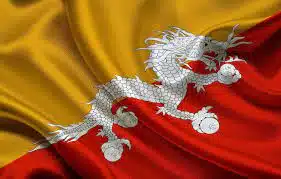
On the flag of this country is a white dragon with 4 legs holding 4 precious gems symbolizing the prosperity of the country, the snarling mouth indicates the commitment of the gods to protect Bhutan.
This white color symbolizes purity of inner thoughts and national unity. The yellow and red background represents folk and Buddhist traditions in Bhutan.
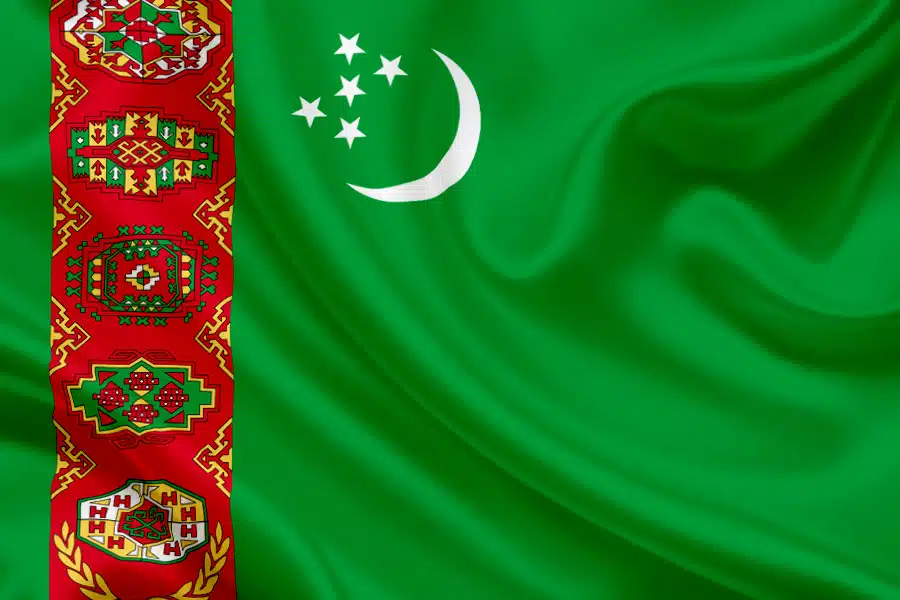
The flag of Turkmenistan has a white crescent and five stars representing the five regions of the country and the Five Pillars of Islam. Set in a green field is an iconic representation of the country’s famous carpet industry.
We can see many animals, tools, and even weapons on many flags of countries but images of people only appear on the flag of Belize.
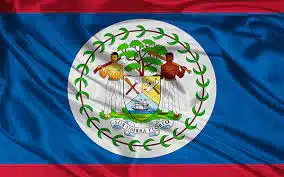
The national flag has a unique shape
The borders of all other countries are rectangular. However, the national flags of the Vatican and Switzerland are slightly different – their flags are square.
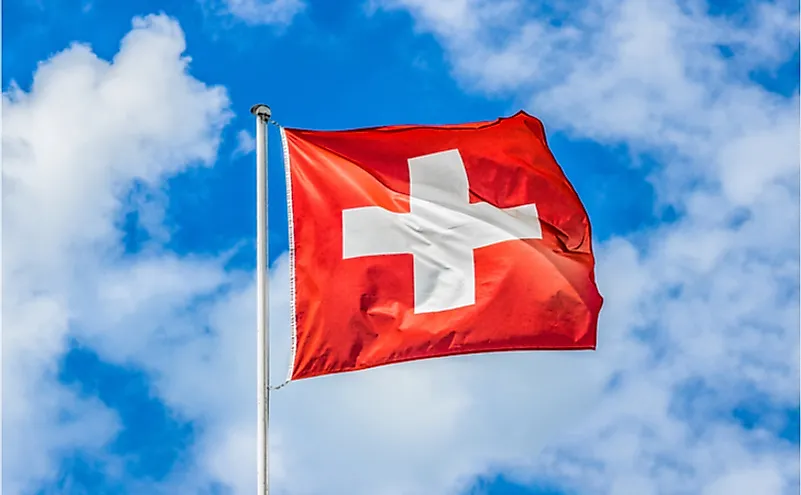
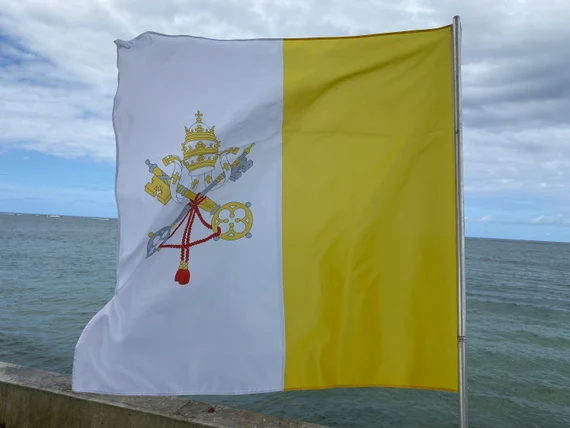
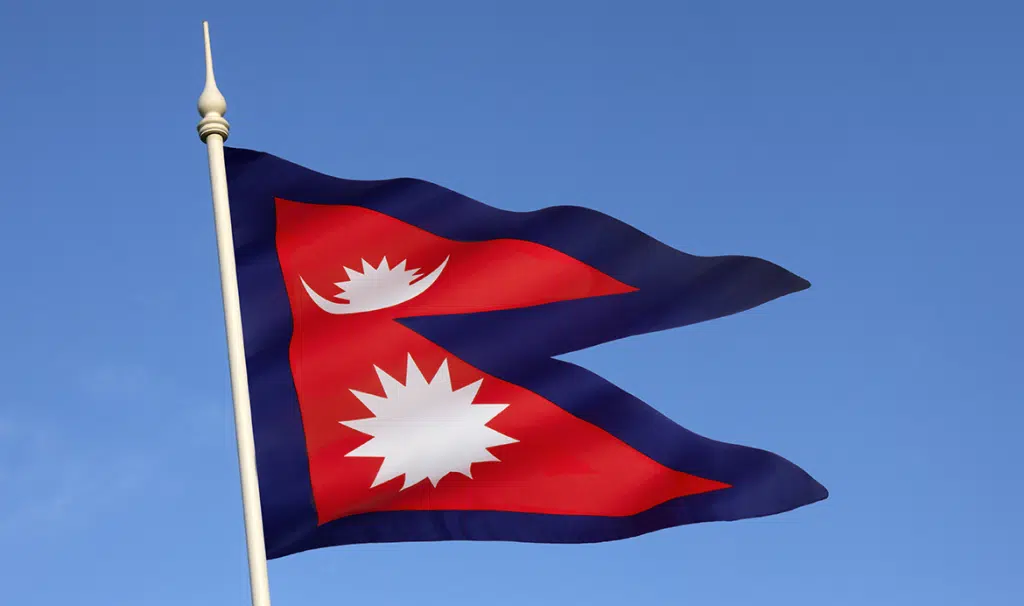
The national flag of Nepal is considered the most special in the world because it is the only national flag that does not have a quadrilateral.
The flag design consists of two overlapping square triangles, on which there are symbols of the crescent moon and the sun symbolizing the two largest religions in Nepal, Hinduism, and Buddhism.
Qatar has the longest flag. The right side of the flag used to be red until 1936, but the dyes changed color in the sun to brown, so the color of the flag was changed.
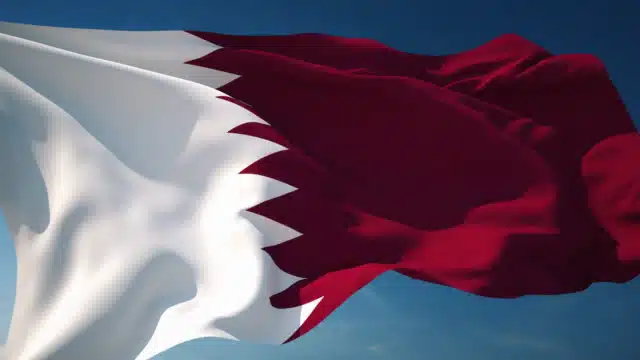
Monochrome flags
From 1815 to 1830, France had a monochrome white flag, from 1880 to 1901, the flag of Afghanistan was a monochrome black canvas. And from 1977 to 2011, the national flag of Libya was the only flag in the world in the shape of a green rectangle.
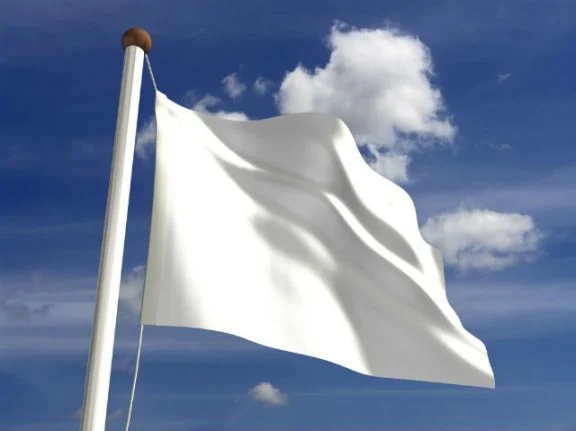
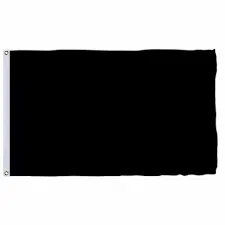
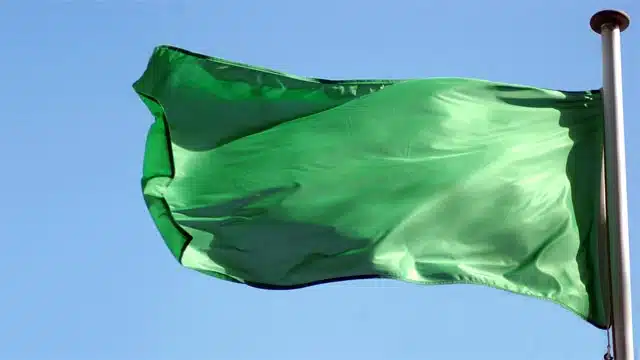
All Flags Of The World Quiz
Quiz about all the flags in the world is the best way for you to practice your memory, eyesight and knowledge of cultural history. Some typical puzzles are:
- Which country has a 14-pointed star on its flag?
The 14-pointed star on the Malaysian flag represents the 13 states and the federal government. The blue block on the flag symbolizes the unity of the Malaysian people despite having many ethnicities. The crescent on the flag symbolizes the state religion in Malaysia (Islam).
- Which countries have a pentagram appearing on their national flags?
East Timor, Myanmar, Vietnam
Which country’s flag in Southeast Asia has two colors red and white forming two equal horizontal bands?
In addition, you can practice this game on different mobile apps or game websites. Trust me, you will be hooked on it without ever getting bored.
All Flags Of The World Game
Games that focus on recognizing and memorizing flags of the world are an engaging way to learn about different countries and continents. In these games, players explore nearly 300 national flags and test their knowledge of global geography. While it may seem easy at first, the challenge grows as players distinguish intricate designs, symbols, and colors unique to each flag.
Memorizing flags requires strong visual memory and a keen understanding of history and culture. For example:
- Color Combinations: Some flags feature multiple colors with intricate patterns, making them harder to recall.
- Symbolism: Details like stars, crescents, and emblems often reflect a country’s history, religion, or values.
- Cultural Insight: Learning about flags offers deeper knowledge about a nation’s identity and traditions.
These games are not just fun but also educational, making them a favorite for kids and adults alike. They enhance cognitive skills and foster a better understanding of the world’s diverse cultures. If a child masters the art of memorizing almost all the flags, they truly showcase prodigious talent—even adults find this challenge tough to beat!
Conclusion
Every country flag tells a unique story of pride and identity. Exploring world flags similarity groups, flags of different countries, and all flags of the world reveals the interconnectedness of nations through shared histories and design inspirations. Dive deeper into the fascinating world of flags to uncover their history, symbolism, and significance.
Topic you might be interested in:
- Don’t Tread On Me Flag – History And Meaning
- Flag Meaning: The Stories Behind Your Favorite Flags
- Betsy Ross and the True Story Behind the American Flag Icon
Explore decorative flags from Flagwix.

I have dedicated my career to unraveling the captivating stories behind these symbolic emblems. With a deep fascination for history, culture, and symbolism, I explore the stories behind each flag, weaving together narratives that celebrate their uniqueness and global significance. Join me on this enthralling journey to uncover the mysteries and intricacies of flags from around the world.

